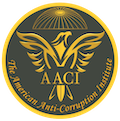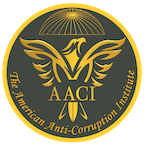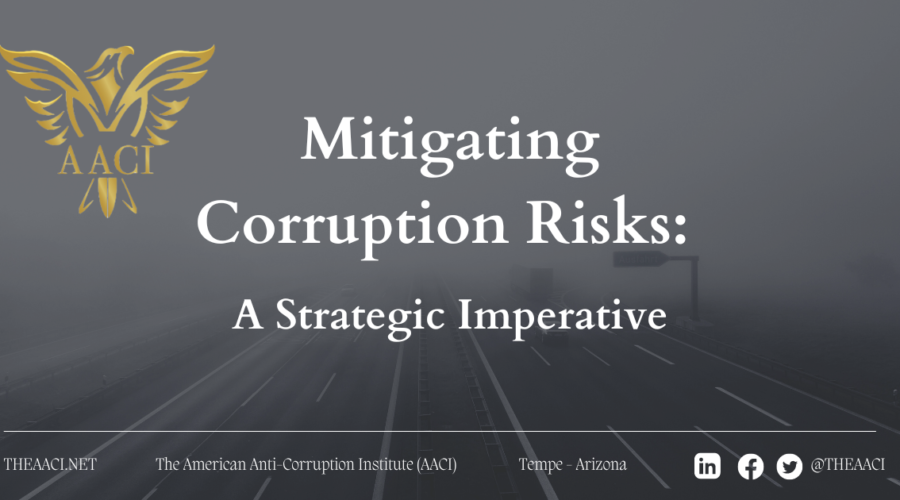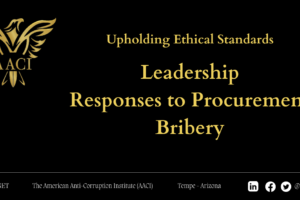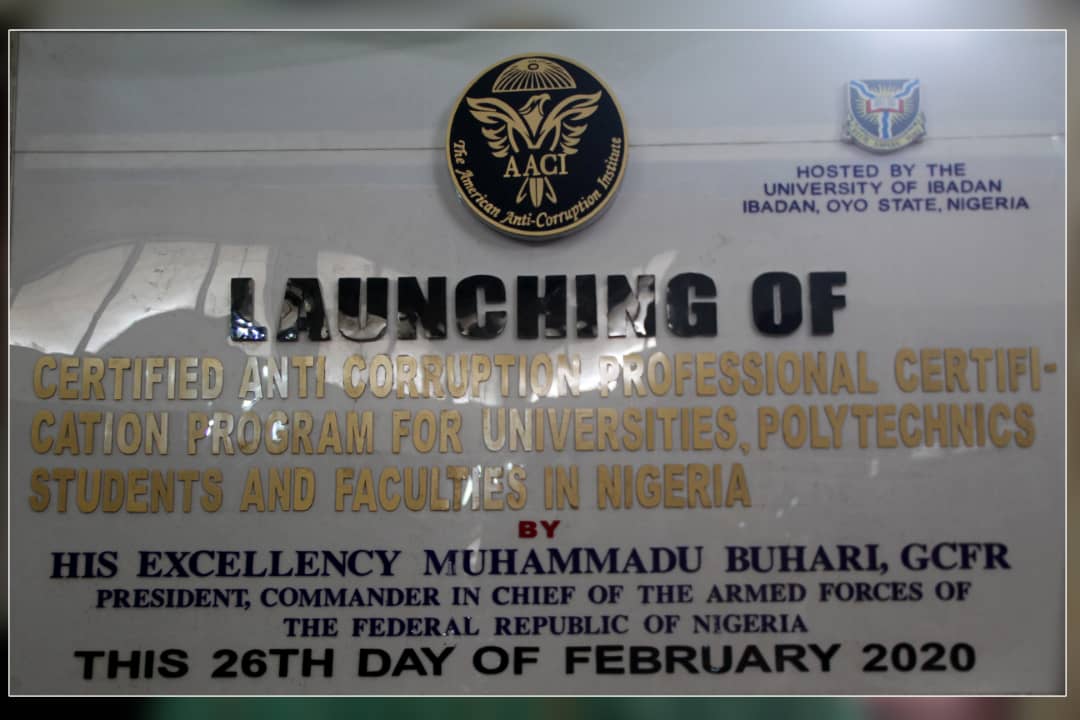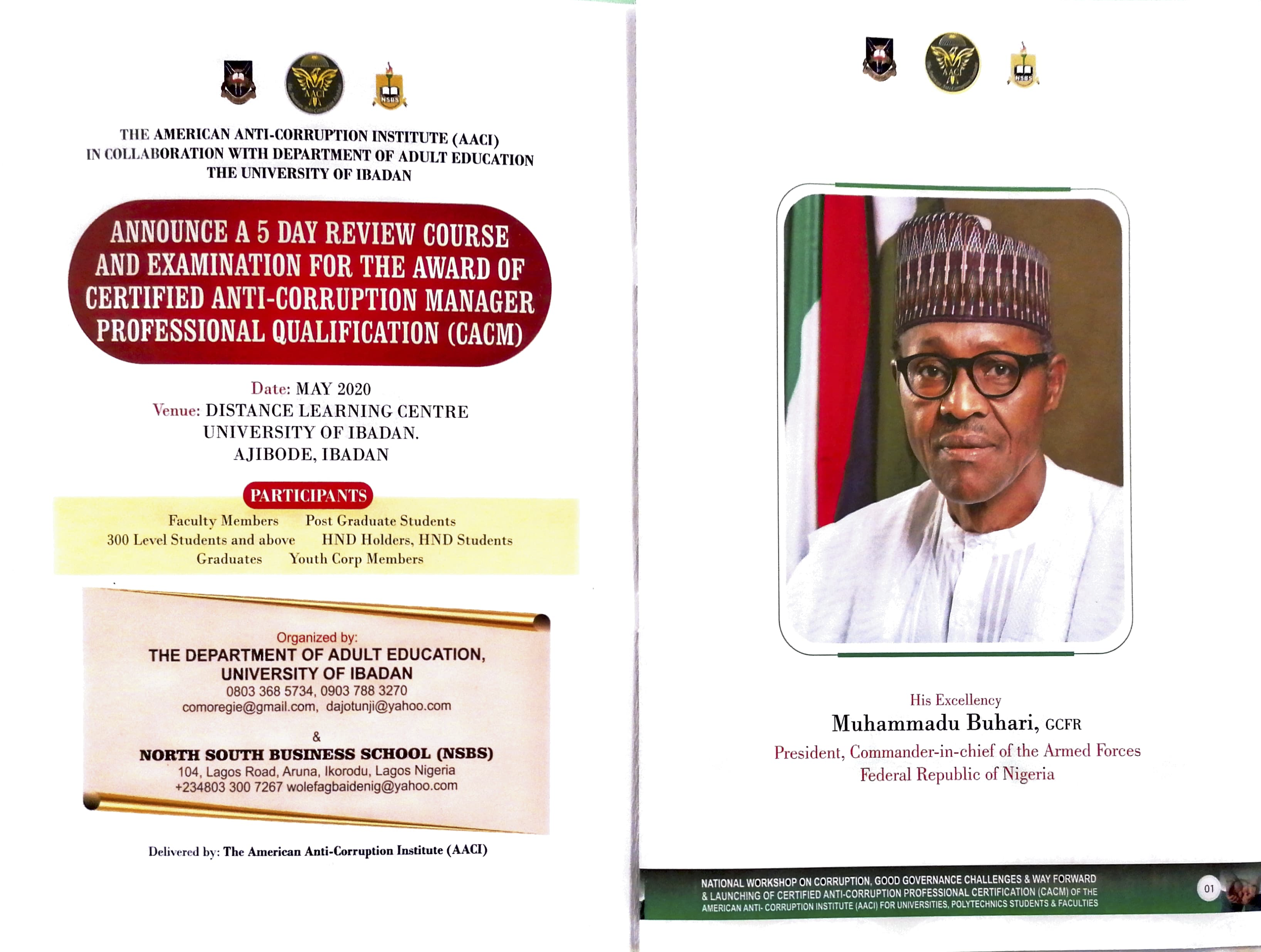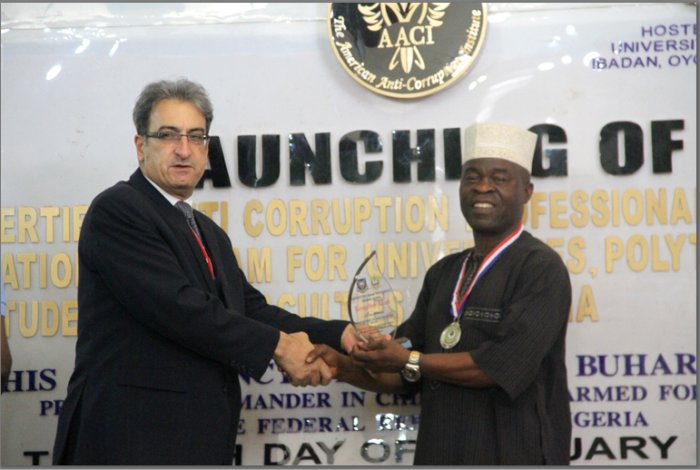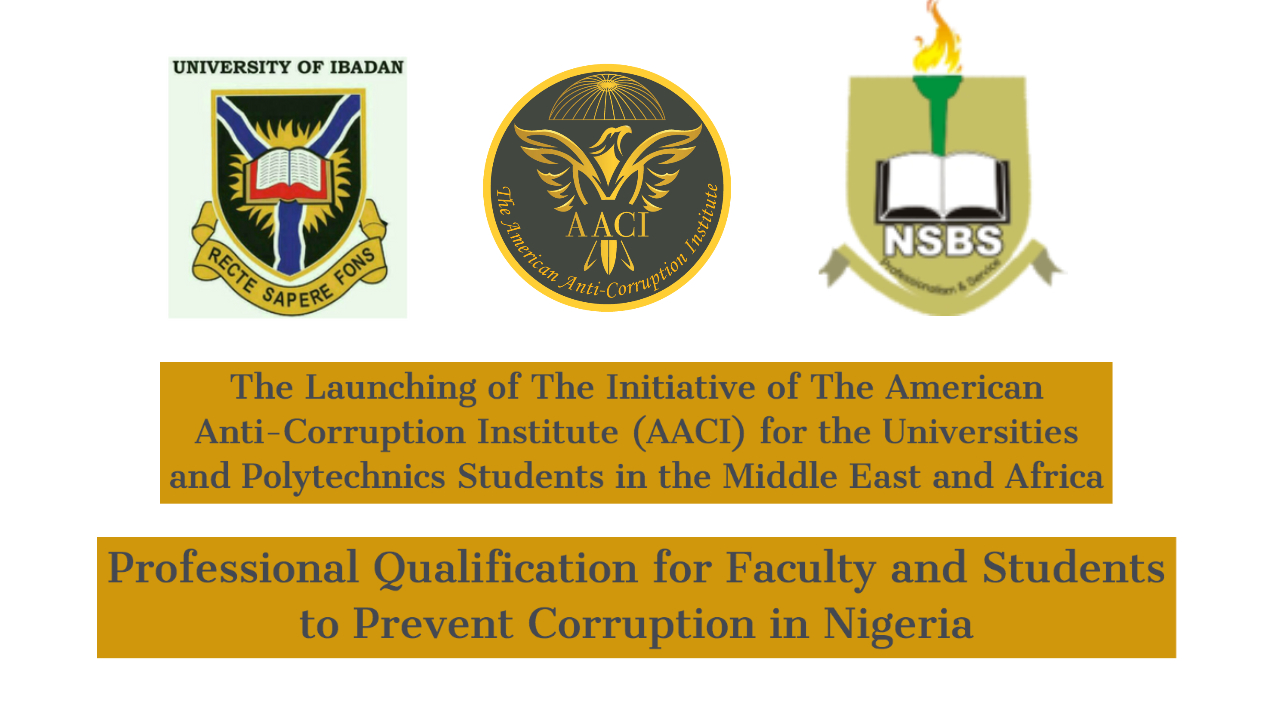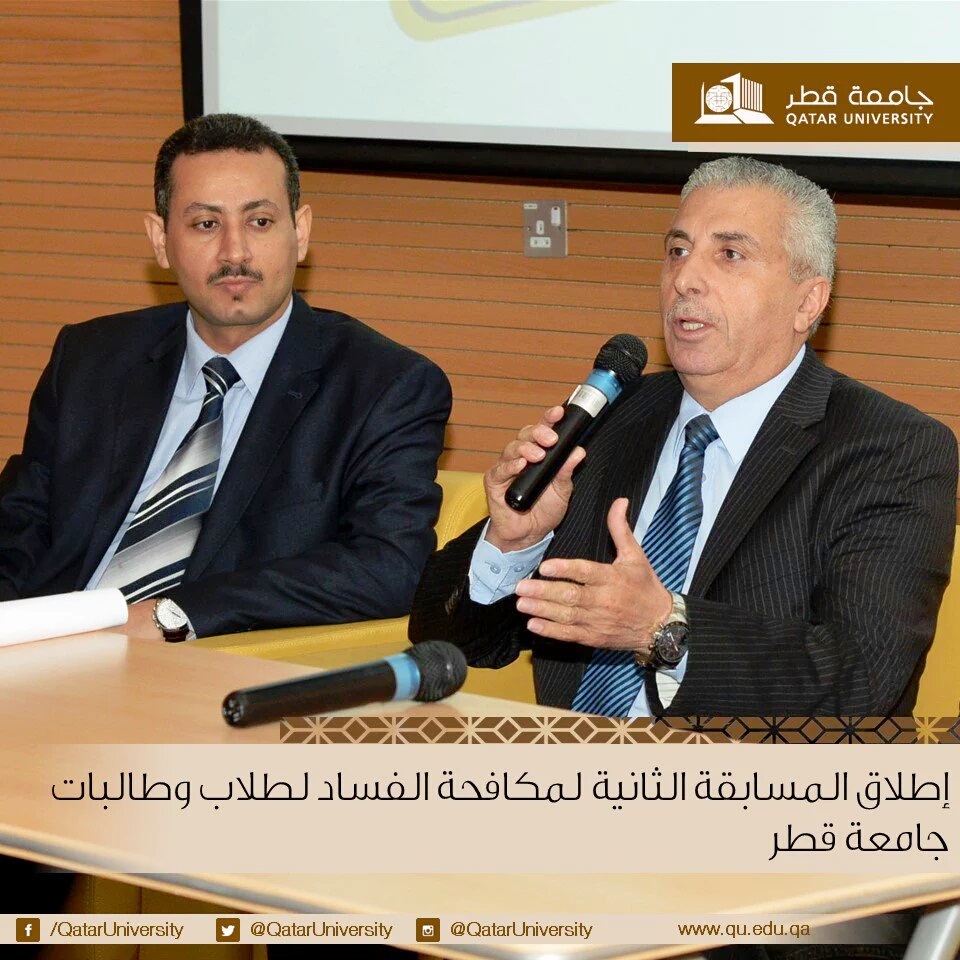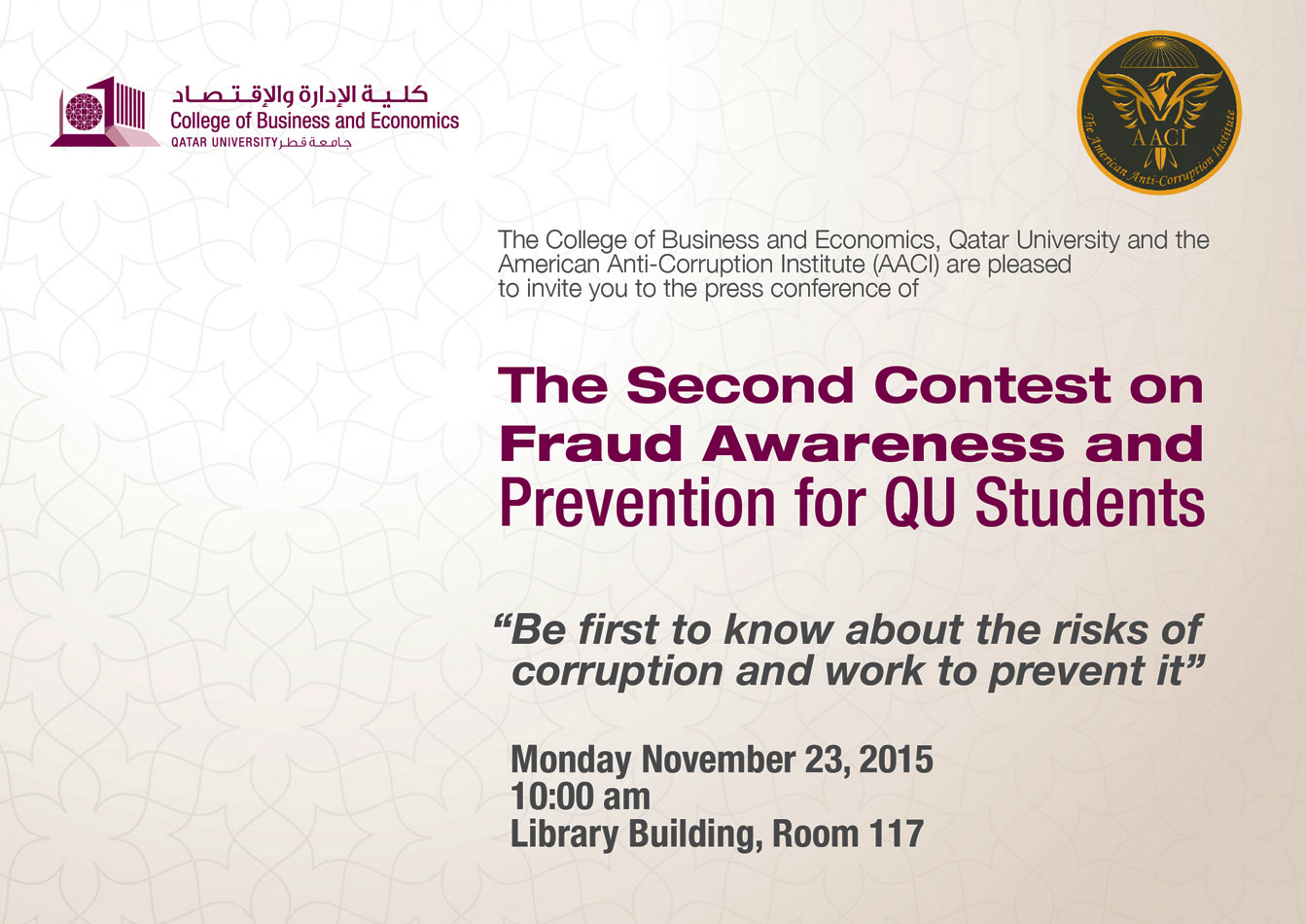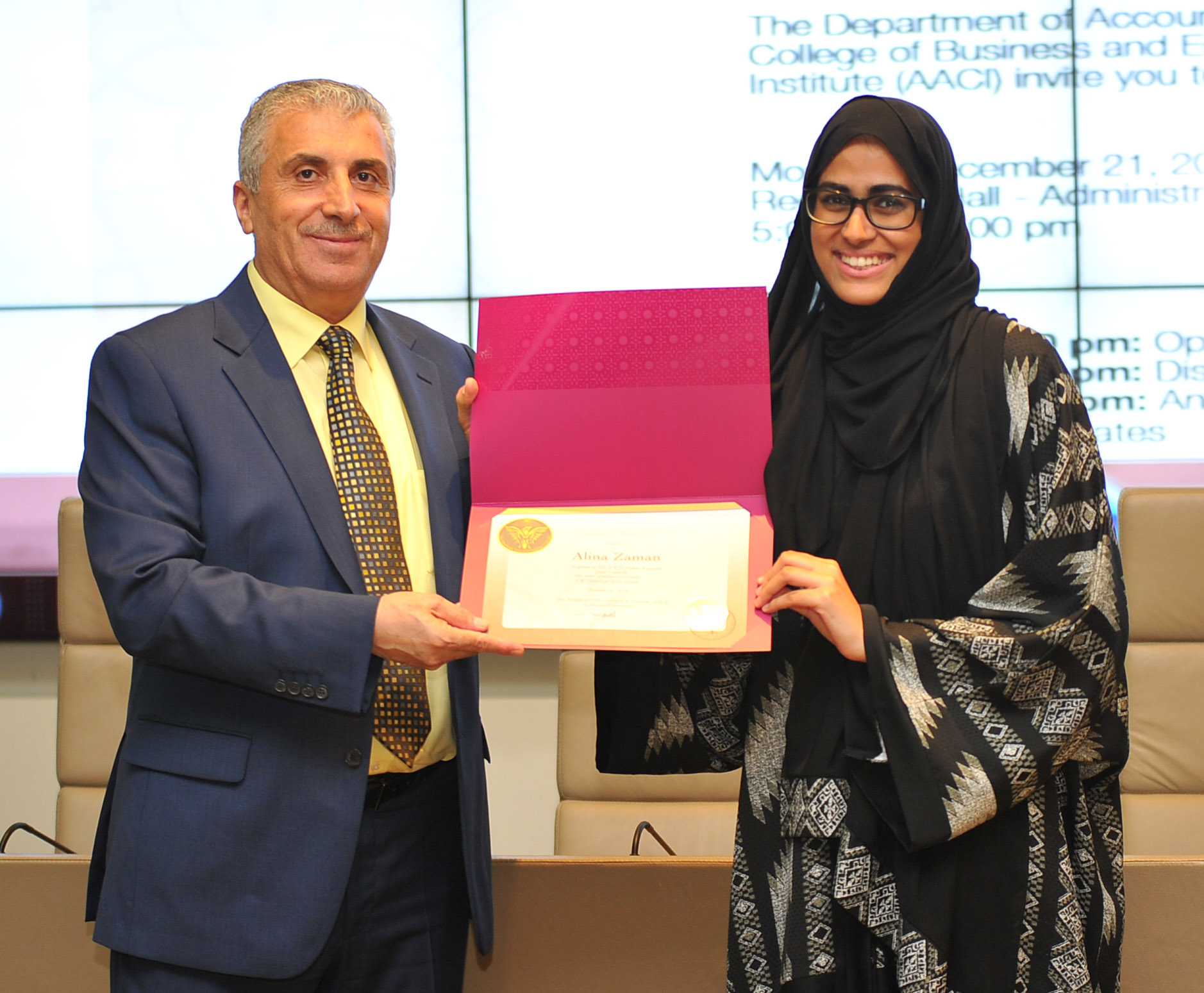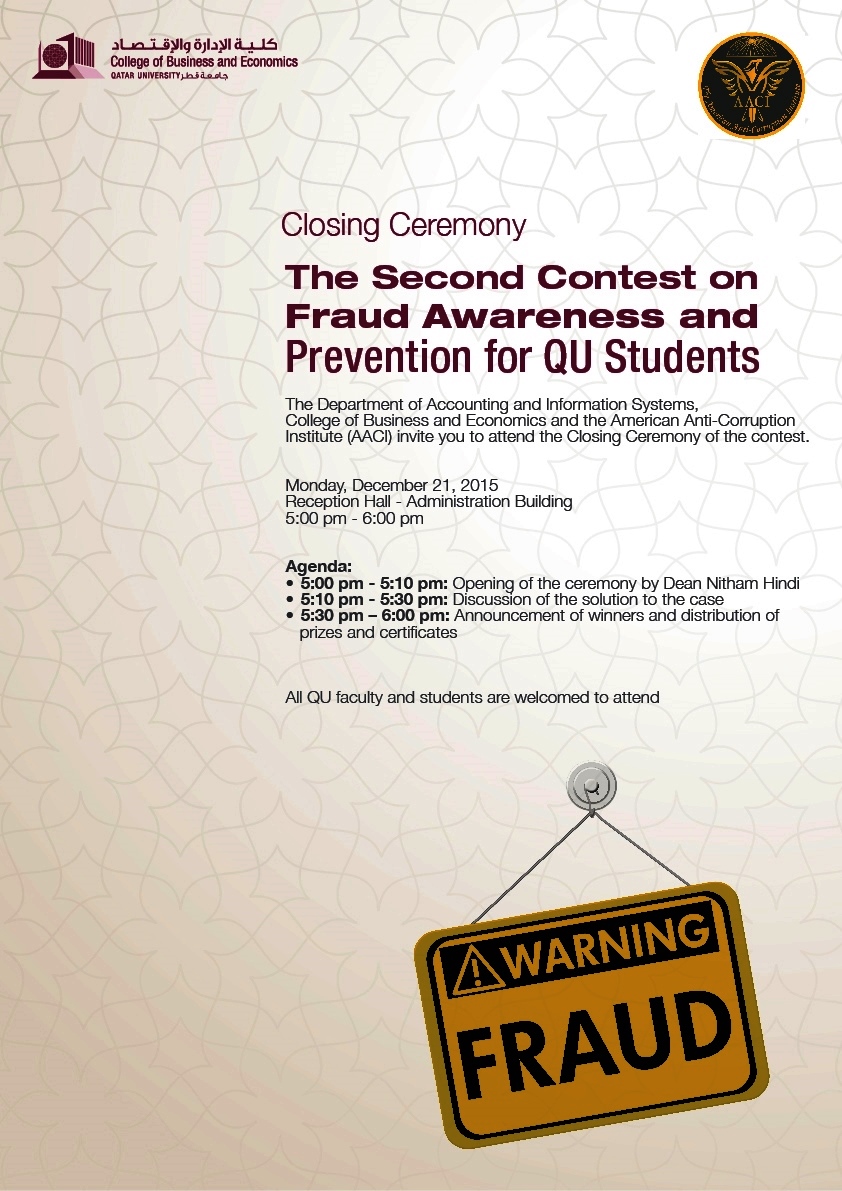Technical Staff
June 11, 2024
In today’s business landscape, corruption remains one of the most significant threats to organizational integrity and sustainability. When corruption risks are not adequately addressed, organizations can face severe financial losses, legal repercussions, and irreparable damage to their reputations. This blog post examines the corruption risks present in organizations under certain conditions and provides strategic recommendations to mitigate these risks effectively.
Corruption Risks in Organizations
1. Lack of Understanding of Internal Control, Governance, Corruption, and Whistleblowing Among Board Members
Risk: When board members lack a proper understanding of internal control, governance, corruption, and whistleblowing mechanisms, the organization is vulnerable to mismanagement and fraudulent activities. The absence of knowledgeable oversight can lead to ineffective governance structures and inadequate responses to corruption incidents.
Recommendation: Conduct comprehensive training sessions for board members to enhance their knowledge of internal control, governance principles, corruption prevention, and whistleblowing processes. Engaging external experts for periodic evaluations and advice can also strengthen the board’s ability to oversee and mitigate corruption risks.
2. Absence of an Embedded Anti-Corruption Strategy
Risk: Without an anti-corruption strategy integrated into the organization’s overall strategy, there is a lack of clear direction and commitment towards preventing corruption. This can result in inconsistent policies and a reactive rather than proactive approach to corruption prevention.
Recommendation: Develop and embed a robust anti-corruption strategy within the organization’s overallstrategic framework. This strategy should outline clear policies, procedures, and ethical guidelines. Regularly review and update the strategy to adapt to evolving risks and regulatory requirements.
3. Executive Management’s Inadequate Understanding of Anti-Corruption
Risk: If executive management does not have a thorough understanding of anti-corruption measures, they may inadvertently endorse or overlook corrupt practices. This can foster a culture of complacency and ethical indifference within the organization.
Recommendation: Implement mandatory anti-corruption training programs for executive management. Encourage participation in professional development courses related to ethics and compliance. Establish accountability mechanisms to ensure that management adheres to anti-corruption policies.
4. Propensity for Management to Pay Bribes to Secure Business
Risk: When management is willing to pay bribes to secure business, it not only breaches legal and ethical standards but also exposes the organization to severe legal penalties and reputational damage. This practice can become systemic, undermining the organization’s integrity.
Recommendation: Enforce a zero-tolerance policy towards bribery and corruption. Implement stringent monitoring and auditing processes to detect and prevent corrupt practices. Foster a culture of ethical behavior through regular communication and training on the consequences of bribery.
5. Excessive Pressure on the Sales Department to Meet Targets
Risk: Excessive pressure on sales staff to meet targets can lead to unethical behavior, including bribery, fraudulent reporting, and manipulation of sales data. This creates a high-risk environment where corruption can thrive.
Recommendation: Set realistic and achievable targets for sales staff. Promote ethical sales practices and reward integrity alongside performance. Provide support and resources to help sales teams meet their targets without resorting to unethical behavior.
Strategic Recommendations for Lowering Corruption Risks
1. Strengthening Governance and Oversight
- Establish a dedicated ethics and compliance committee within the board to oversee anti-corruption initiatives.
- Conduct regular independent audits and assessments of the organization’s corruption risks and control measures.
2. Enhancing Training and Awareness
- Develop tailored training programs for different levels of the organization, focusing on the specific corruption risks they may encounter.
- Promote a culture of transparency and openness, encouraging employees to report suspicious activities through well-publicized whistleblowing channels.
3. Implementing Robust Policies and Procedures
- Develop comprehensive anti-corruption policies that clearly outline prohibited behaviors and the consequences of violations.
- Ensure that all policies are communicated effectively across the organization and that employees acknowledge their understanding and commitment.
4. Fostering an Ethical Corporate Culture
- Lead by example: Senior management should demonstrate a strong commitment to ethical behavior and anti-corruption practices.
- Recognize and reward ethical behavior, creating positive reinforcement for employees who uphold the organization’s values.
5. Utilizing Technology and Data Analytics
- Leverage technology to monitor transactions and identify red flags indicative of corrupt practices.
- Implement data analytics tools to analyze trends and patterns that may signal potential corruption risks.
In conclusion, organizations must prioritize the establishment of comprehensive anti-corruption frameworks to safeguard their operations, reputation, and long-term viability. By addressing the identified risks and implementing strategic recommendations, organizations can create a resilient environment where ethical conduct is the foundation of success.
